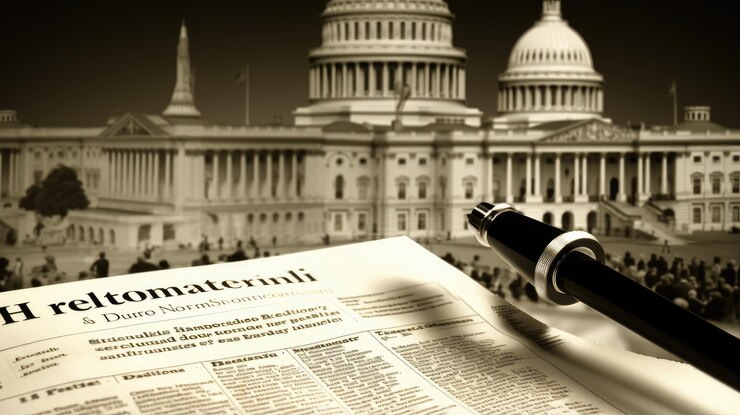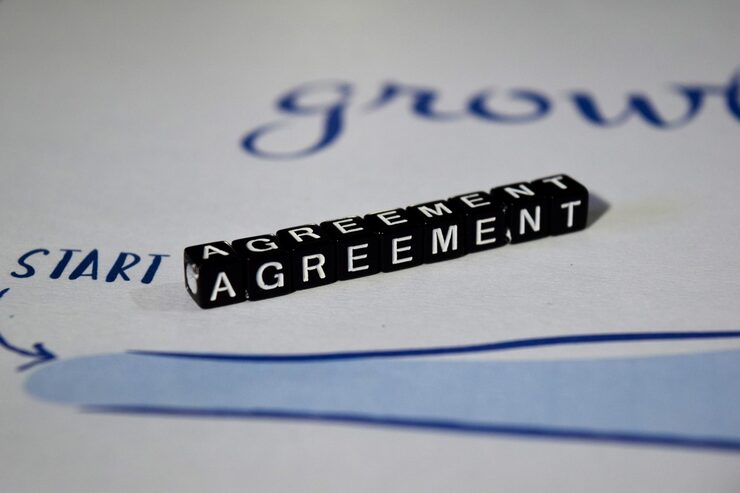Article 6 of the Paris Agreement
How It’s Transforming Global Carbon Trading

It’s 2025, and the world’s racing to net zero. With $130 trillion in global green capital and carbon tariffs like the EU’s CBAM looming, Article 6 of the Paris Agreement is flipping the switch on international carbon trading. Imagine a global marketplace where countries and companies swap carbon credits to cut emissions faster and cheaper. From African solar farms to Brazilian forests, Article 6 is rewriting the rules. We’re unpacking how this game changer is reshaping carbon markets worldwide. Ready for the lowdown? Let’s roll!
Article 6 101: The Global Carbon Playbook
Born in the 2015 Paris Agreement, Article 6 is the world’s guide to trading carbon credits across borders. It helps countries smash their Nationally Determined Contributions (NDCs), those climate pledges to slash emissions. After epic debates, COP26 (2021) and COP28 (2023) nailed the rules (UNFCCC). In 2025, it’s showtime.
Article 6 breaks into three parts:
1. Article 6.2: Countries trade credits directly, like Japan buying from Kenya.
2. Article 6.4: A UN-run global market for legit credits, replacing the Kyoto Protocol’s Clean Development Mechanism (CDM).
3. Article 6.8: Non-market moves like tech sharing, less about cash.
Think of it as a global eBay for CO2: buy, sell, save the planet. It’s a lifeline for countries chasing net zero from Europe to South America.
How Article 6 Is Rewiring the Game

Article 6 is turning carbon trading into a global power move. Here’s how it’s shaking things up:
1. Cleaning Up the Mess
Carbon markets were once a wild west, shady credits and double counting galore. Article 6.4’s UN market demands credits that are real, additional, and verified. No scams here. A Kenyan geothermal project or Chilean wind farm can now fetch top dollar worldwide. Global carbon trading hit $1 trillion in 2024 (IEEFA, June 2025); Article 6 could double it by 2030 (Carbon Brief).
2. ITMOs Keep It Real
Article 6.2’s Internationally Transferred Mitigation Outcomes (ITMOs) stop double counting. If Brazil sells 1M tons of CO2 credits to Canada, only Canada claims it for its NDC, and Brazil adjusts its books. This trust pulls in $130 trillion in green capital (Glasgow Financial Alliance), fueling projects from Asia to Africa.
3. Lifting Developing Nations
Article 6.4 channels cash to developing countries. A Ghanaian solar plant or Indonesian mangrove restoration can sell credits globally, funding local jobs. Plus, 2% of 6.4 credits support adaptation for climate-hit nations like Bangladesh or Fiji, building flood defenses or drought-resistant crops (UNFCCC).
4. Businesses Jump In
Companies are all in. EU firms facing CBAM tariffs or Brazilian miners under ESG scrutiny can buy Article 6.4 credits to offset emissions. In 2025, 70% of global Fortune 500 firms used offsets (industry reports), and Article 6’s verified credits make it legit.
The World’s Take: Who’s Winning?
Article 6’s global reach is massive. Here’s how it’s playing out:
1. Europe: The EU, gunning for 2050 net zero, uses Article 6.2 to buy credits from Africa, slashing costs. A German auto giant offsets emissions with Ethiopian solar credits, dodging CBAM’s $8 billion tariffs (June 2025, Business Standard).
2. Africa: With vast renewable potential, Africa’s a credit hotspot. Kenya’s geothermal projects sold $50 million in credits in 2024 (IEEFA). Article 6.4 could triple that, funding schools and grids.
3. Latin America: Brazil’s Amazon protection projects are gold. Article 6.4 credits let a São Paulo soy farmer fund reforestation, drawing Norway’s green cash ([World Bank]).
4. Asia: Singapore’s SGX-aligned firms buy Article 6.2 credits from India’s wind farms, boosting ASEAN trade. India’s $200 million voluntary market (IEEFA, 2025) could hit $600 million by 2030.
5. India: With 2070 net zero goals, India’s in the mix. A Gujarat steel plant buys Article 6.4 credits to offset CBAM, while Rajasthan solar farms sell credits to Japan, padding $10 billion ESG assets (June 2025 reports).
The 2025 Vibe: Wins and Speed Bumps

Article 6 markets are gaining traction in 2025, but it’s not all smooth sailing. Wins? The global carbon market has crossed $1 trillion, with Article 6 aligning with initiatives like India’s Green Credit Programme and the EU ETS. Speed bumps? Some countries are slow on NDC updates, stalling Article 6.2 trades. Greenwashing concerns linger—335 EU funds rebranded in May 2025 to avoid scrutiny (Lexology). Global distractions, like Trump’s $2.65B Harvard climate funding cut (Fox News, June 2025), risk pulling focus. Staying aligned and accountable remains critical.
Your Global Playbook: How to Plug In
Want to surf Article 6’s wave? Here’s the plan:
1. Track Your Footprint: Log Scope 1-3 emissions to prep for trades, whether you’re in Mumbai or São Paulo.
2. Launch Green Projects: Start renewables or reforestation. A Peruvian coffee co-op planting shade trees could mint credits.
3. Go Bilateral: Eye Article 6.2 deals, Japan’s buying from Thailand, India from Australia (Carbon Brief).
4. Verify Everything: Fake credits are a trap. Stick to verified registeries to keep regulators happy.
5. Skill Up: Train teams on carbon markets, global talent gaps are real (IEEFA).
The payoff? Lower compliance costs, new revenue, and a cleaner planet in a $10 trillion green economy by 2030.
Wrap-Up: Article 6’s Global Green Glow
In 2025, Article 6 is lighting up carbon trading, making it fairer, bigger, and bolder. From EU factories to African grids, it’s a path to net zero and profit. WOCE is here to help you capitalize this global green wave.




